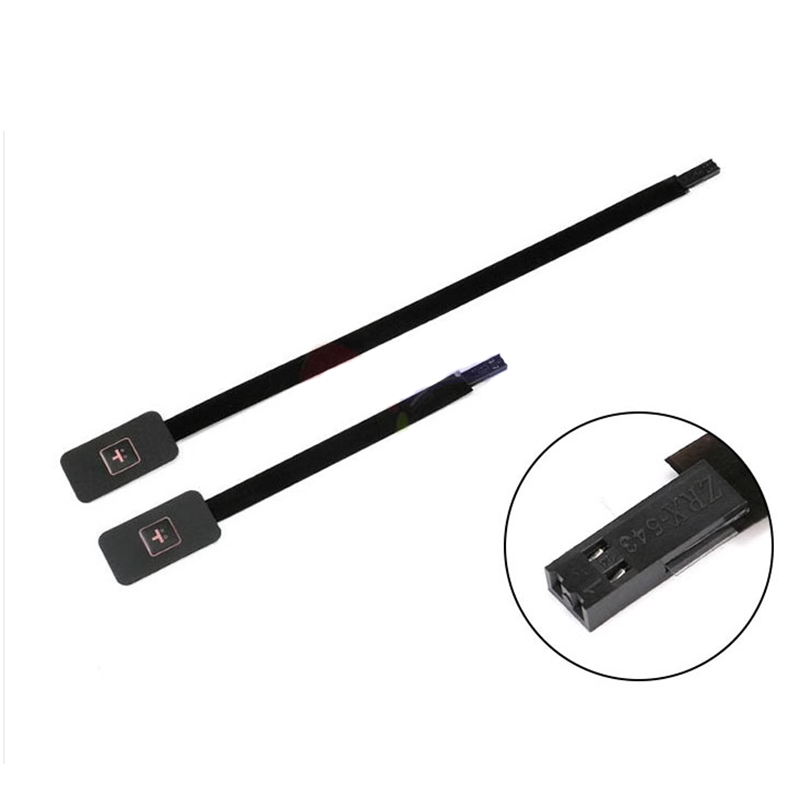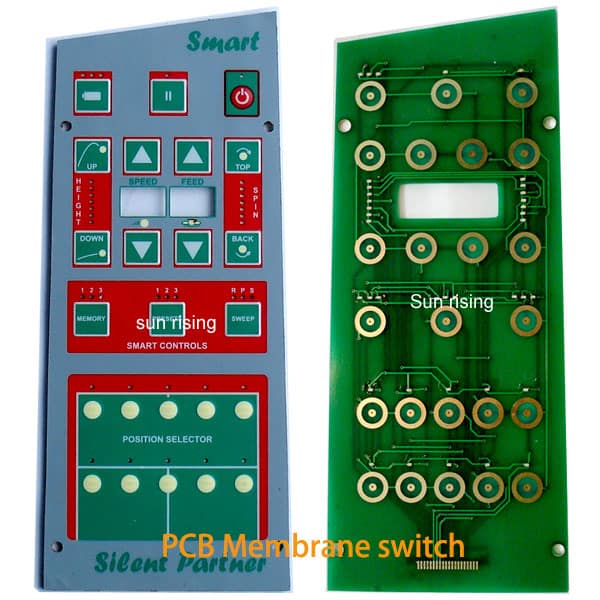The Influence of Membrane Switches on the Development of Wearable Devices
The Influence of Membrane Switches on the Development of Wearable Devices
Blog Article
Why Membrane Layer Switches Are Vital for Sturdy Control Equipment
Membrane switches play a crucial duty in ensuring the toughness and integrity of control systems throughout numerous sectors. Their unique construction allows them to withstand tough ecological variables such as moisture, temperature level extremes, and physical wear. This durability not only expands the lifespan of the systems they offer but likewise lessens upkeep demands. As we explore the complex benefits of membrane layer buttons, it comes to be obvious that their significance goes beyond mere functionality, influencing user experience and operational performance. What additional effects do these features hold for the future of control system style?
Review of Membrane Switches
Membrane buttons are flexible and trusted parts commonly used in different digital control systems. These buttons include a number of layers, consisting of a visuals overlay, a spacer layer, and a published circuit layer. The visuals overlay gives both practical and aesthetic style, while the spacer layer makes sure that the switches are turned on just when pushed. The published circuit layer includes conductive traces that complete an electrical circuit when the membrane is pushed, allowing the device to reply to user inputs.
Membrane switches are frequently favored in applications requiring a small and lightweight design, making them perfect for portable gadgets, clinical tools, and industrial equipment. They can be tailored to satisfy specific user requirements and can incorporate numerous attributes such as backlighting, tactile feedback, and numerous shades. Additionally, membrane layer switches are immune to dust, dampness, and pollutants, making them suitable for atmospheres where durability is crucial.
Benefits of Sturdiness
In several applications, the durability of membrane switches offers substantial advantages that enhance their general performance and dependability. These buttons are created to endure extreme settings, making them excellent for use in demanding problems such as high moisture, extreme temperature levels, and exposure to chemicals. Their robust construction assists to avoid damages from physical effect, making sure long-lasting capability and minimizing the need for constant replacements.
In addition, membrane layer buttons are immune to damage, which is essential in applications where regular interaction happens. This resilience equates to decrease upkeep prices, as organizations take advantage of minimized downtime and fewer solution interruptions. The encapsulated layout of membrane switches safeguards internal elements from dirt and moisture access, further adding to their life expectancy (membrane switch).
One more benefit is their ability to keep regular efficiency gradually. With a high tolerance for mechanical stress and anxiety, these buttons preserve their tactile responses and electrical integrity, guaranteeing customer fulfillment. Eventually, the longevity of membrane layer changes not only boosts functional effectiveness however also cultivates self-confidence in their dependability, making them a preferred selection for control systems throughout different markets.
Applications in Different Industries
Long lasting control systems employing membrane buttons discover extensive applications throughout a variety of industries, each gaining from the unique attributes these buttons provide. In the medical sector, membrane buttons are critical for tools such as individual monitors and analysis tools, where reliability and ease of cleaning are extremely important. Their resistance to moisture and impurities guarantees they keep functionality in sterilized atmospheres.
The auto industry leverages membrane switches for dashboard controls and infomercial systems, where they give streamlined, inconspicuous user interfaces that enhance individual experience. These switches are additionally created to stand up to harsh problems, including direct exposure to severe temperatures and vibrations.
In commercial setups, membrane buttons are commonly made use of in equipment control panels, providing responsive responses and sturdiness essential for high-usage applications. Their capacity to resist chemicals makes them suitable for manufacturing environments where spills and contaminants are constant.

Consumer electronics, such as kitchen area home appliances and push-button controls, also utilize membrane switches for their versatility and cost-effectiveness. Overall, the versatility and robust nature of membrane layer switches over make them indispensable throughout numerous fields, ensuring efficient operation and long life in control systems.
Design and Aesthetic Charm
While capability is extremely important, the layout and aesthetic appeal of control systems furnished with membrane layer buttons play an essential role in customer engagement and total experience (membrane switch). The aesthetic design of these switches can substantially influence customer assumption and interaction. A properly designed membrane switch boosts the attractiveness of the gadget, making it a lot more appealing to individuals and fostering a connection in between the customer and the product
Membrane layer changes offer a lot of versatility in design, enabling makers to tailor graphics, shades, and textures to straighten with brand identity and item appearances. The use of dynamic shades and unique patterns can draw interest, while tactile responses can reinforce the individual's interaction with the tool. In addition, the ability to integrate LED signs and backlighting right into the membrane layer switch design gives both functional and visual advantages, enhancing visibility and usability in various environments.

Enhancing User Experience

In addition, membrane buttons can be tailored to incorporate graphical interfaces, improving usability by providing details in a clear and intuitive way (membrane switch). This customization can include icons, labels, and color coding that guide customers with facility capabilities easily. Furthermore, their flexibility permits combination in numerous settings, making sure constant efficiency whether in commercial equipment or consumer electronics
The sturdiness of membrane switches likewise plays a crucial duty in customer experience. By holding up against harsh problems and prolonged use, these buttons minimize the probability of system failures, thus advertising integrity and user confidence. Ultimately, the strategic use of membrane layer changes not just boosts performance however additionally substantially enhances user interaction with control systems, making them an essential component in modern-day style.
Conclusion

Report this page